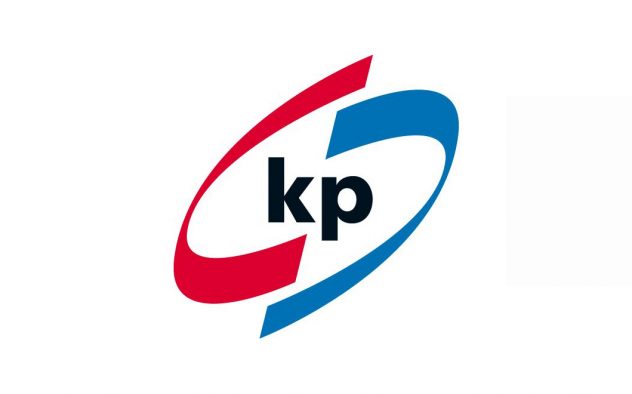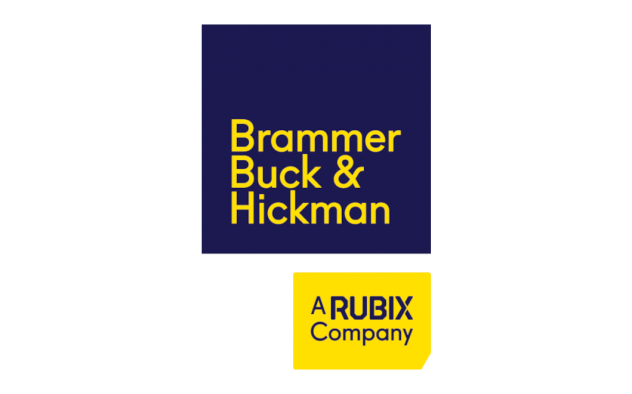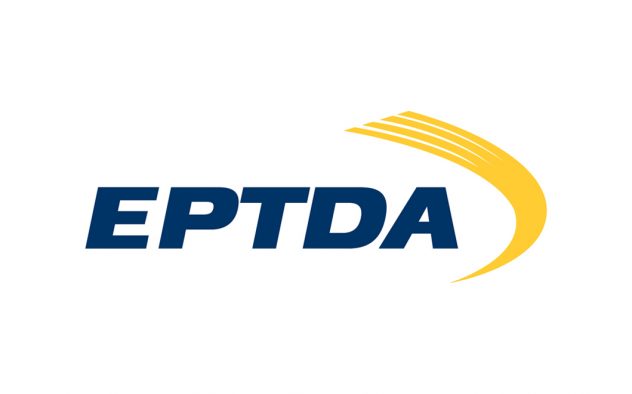Excellent question. To optimise your website for voice search SEO, create your content around longer, question-based phrases, remembering to keep your answer to around 29 words. Like this is.
That’s the short answer. But if you’re really going to hack VSSEO you should probably understand why exactly that’s the case.
Back in 2018 Google gave voice search its greatest technological advancement yet, BERT. I’m guessing you didn’t hear about it, which is fine, pretty much no one did. But to ballpark what BERT was to voice search, go ahead and think about Good Will Hunting. It was Robin William’s character to Matt Damon’s. If you can forgive the awful attempt at a Boston accent, BERT turned something “smaaht” into something genuinely smart. Because of BERT voice search’s ability to understand human speech shot from 75% to 95%, as good as a human.
To make all this happen Google changed just one thing. Whilst I’m sure it required thousands of lines of computer code to be rewritten; to us simple marketing folk it looked like a very minor alteration. The coding aside, what Google did was shift its focus. Voice search no longer simply scrutinised the individual words within a query but tried to understand the very intent behind it, damning traditional SEO as we know it.
Admittedly, I’m being a bit melodramatic. SEO wasn’t dead but it had been fundamentally changed. To effectively game Google’s search engine, marketers now had to take entire phrases into account, not just the key words.
My advice? Do the exact same. Research which particular phrases already bring customers to your website and how they might be easily altered into a question. To figure out which phrases are already attracting clicks, Google Search Console will clearly lay everything out for you. If you already fully understand all that and simply want these phrases altered into questions, Answer the Public can help. Take the phrase: “bars in Richmond area.” This particular site will add additional words like “nearby,” “good,” or “five star” to better explore search intent whilst helping you track it.
41% of adults use voice search at least once a day
Once the research has been done, now’s the time to start flexing your copywriting skills. Drag your inner Stephen King out of hiding, shove a keyboard in his hands, and set him to work.
First focus on your introduction. Your aim should be to get Google to put your answer / page as a feature snippet. If you’re wondering what a feature snippet is, it’s the box that pops up at the top of your Google search, immediately answering your question. To get your page featured, try following the steps I set out in my own intro. The benefits should be fairly obvious, not only will it be your answer that’s read out over smart speakers, but featured snippets on average lead to a 20-30% increase in traffic as a result.
With the introduction done, follow it up with an easily read, easily scanned body of text. As with traditional SEO, Google’s search engine will scan it line by line to make sure anyone and everyone can easily read it. Use short headlines, one to three sentence paragraphs, and bullet points, if you’re staring at a dense body of text, I’m afraid you’ve done it wrong. But if you can do all that with all the flair and polish your inner Stephen King can muster, keep your overall word count to between 1,850 – 2,500 words, and you’ll be off to the races.
It’s trite but true, voice search is here to stay. By 2022 voice search sales are expected to reach nearly $40 billion, and if you’re going to get ahead of the game, you’ve got to get smart – not “smaaht.” To that end, I hope this helped.



































